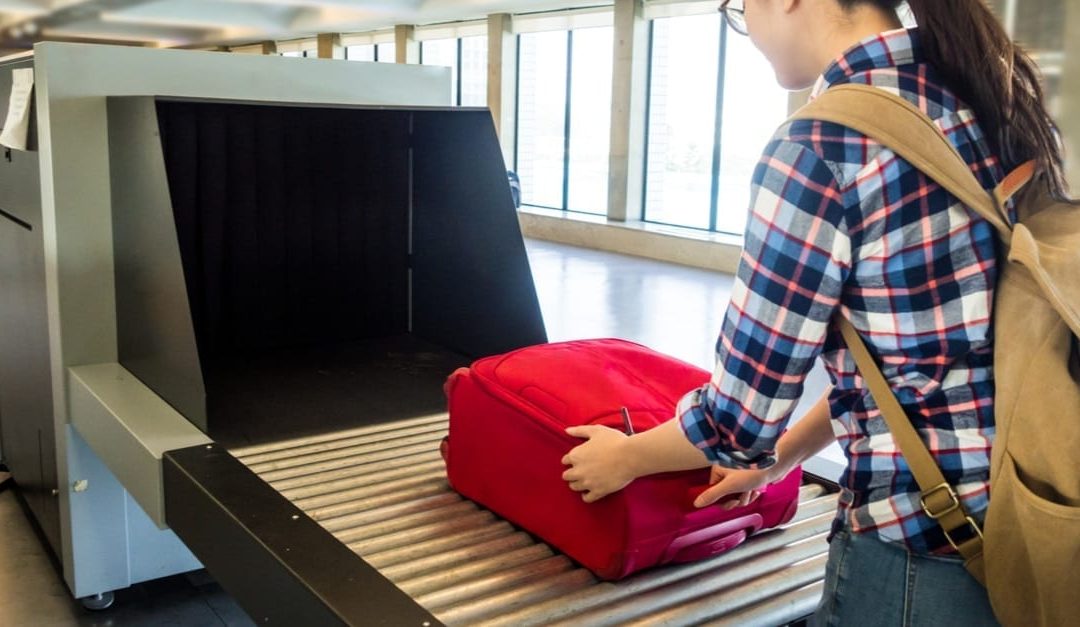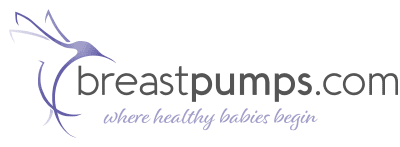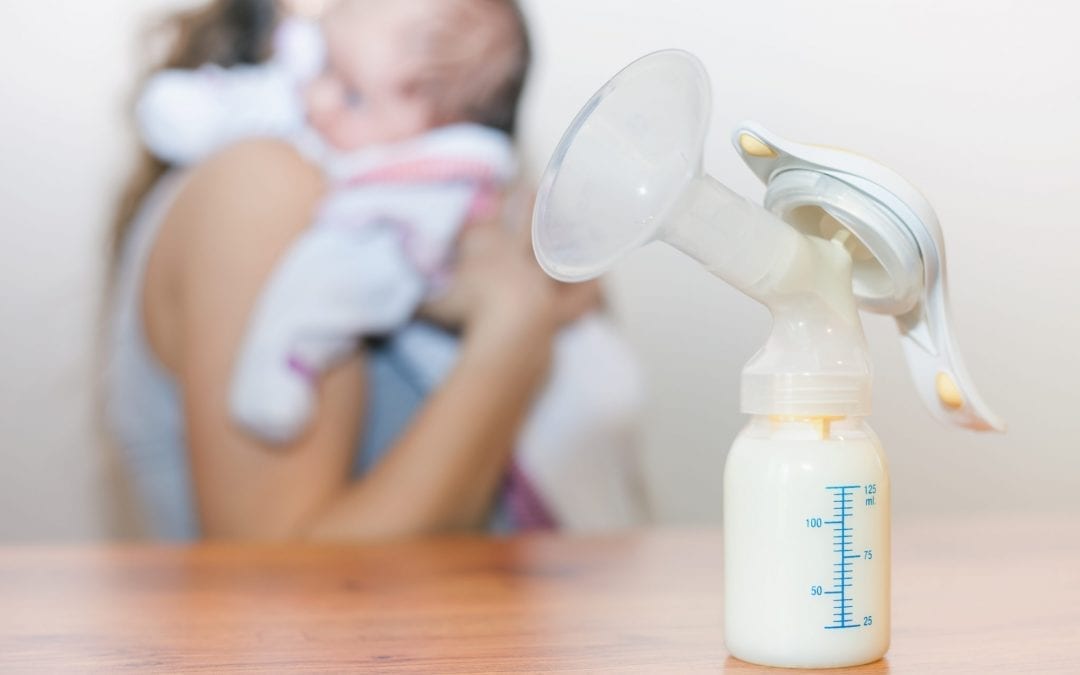
TSA Travel Tips for Nursing Mothers
Read time: 3.5 minutes
TL;DR
- If you’re nursing and traveling without your baby, you’ll need to bring along your breast pump and extra supplies and accessories to ensure your trip goes smoothly.
- Be sure to bring your normal supplies, plus extra batteries, cleaning supplies and milk storage containers.
- We recommend traveling with your pump in your carry-on luggage to avoid it potentially being damaged or lost with baggage.
- Mothers are allowed to travel with breast milk and breast pumps in the United States, regardless of whether they are traveling with or without their children.
- If you are hassled or stopped in airport security, ask to speak to a supervisor.
- Although pumping en route presents some unique challenges, it can be worth the extra effort.
Breastfeeding can be challenging, frustrating, emotional, rewarding, and incredibly wonderful all at once. Mixed with the rigors of travel for business or even family visits with baby in tow, traveling away from home while still breastfeeding is one of the biggest challenges faced by today’s mothers.
Although pumping or breastfeeding while in the air or on the road can be uncomfortable, inconvenient and downright unpleasant, many mothers find it worthwhile, particularly since it allows them to continue their breastfeeding journey without disruption.
Lactating moms can benefit from planning ahead, regardless of whether you’re bringing baby along for a family visit or leaving your child with your partner for a business trip. We’ve put together some tips to help you prepare for those trips both with and without your little one while continuing your breastfeeding journey.
Pump Supplies Checklist
If you’re nursing and traveling without your baby, you’ll need to bring along your breast pump. Pumping while traveling requires a few additional supplies, some of which you might not necessarily need when you are at home or if you’re traveling with your baby. This checklist will help ensure you’re ready for anything you might encounter during your travels.
- Power cord, pump parts, tubing and breast shields: Next time you pump at home, make a note of all the parts and equipment you need prior to, during and after you have pumped. If you do not have all the essential parts with you, a breast pump is not going to do you any good.
- A battery pack and extra batteries: Checking to confirm that your battery pack works before you leave your home and loading your pack with new batteries are among the most important details to remember. Forgetting your battery pack could leave you stranded without a working pump. Depending on the length of your trip, we recommend carrying an extra set or two of batteries. Pack the extra batteries in your carry-on bag can help to avoid any potential problem with checked luggage at the airport.
- Adapter or converter: Breast pump electrical adapters often do not adjust to different voltages used internationally. Make sure you research and pack the appropriate power adapter or converter plug when traveling internationally to ensure your pump will work once you arrive at your final destination.
- Cleaning supplies: Although accessing a place to scrub and clean the various parts of a pump might not always be possible while traveling, most offices and hotel rooms have a microwave, which is why we recommend purchasing microwave sanitizing bags for your trip. All you need to do is throw everything into these disinfecting bags and pop them into the microwave for about three minutes to ensure everything is sterile for the next use. Be sure to follow the specific manufacturer’s instructions and bear in mind that microwave voltages can vary.
- Milk storage containers: If you intend to bring milk back after your trip, be sure you pack enough storage bags or containers. We recommend medical-grade, pre-sterilized storage containers since they are reliable and convenient. If possible, freeze your breast milk flat so that you can easily stack them up on your return trip.
- Ice or cold packs: Ice or cold packs will help to keep your milk frozen on the return trip, which can come in handy for long or multi-segment flights. After traveling, putting the milk in a freezer as soon as possible is of the utmost importance since some thawing could occur. Once you get back home, use the milk pumped on the trip as soon as you can.
- Hand sanitizer: Just in case you don’t already have one, packing a little bottle of hand sanitizer inside your carry-on is always a good idea.
Pack Smart
Fitting the pump into your small carry-on suitcase would ideal; however, this may not always be an option. You will otherwise have to check your luggage and keep your purse or computer bag and pump as carry-on items.
We suggest refraining from checking a breast pump as a stand-alone piece or in a suitcase. Aside from potentially being damaged in the shuffle, travel delays happen from time to time and luggage can get lost. Arriving at your destination without a functioning pump is the last thing you need on your trip.
Be Security Savvy
It is important to know your rights. Nursing mothers are allowed to travel with breast milk and breast pumps in the United States, regardless of whether pumping mothers are traveling with or without their children. Alerting security that you are traveling with a pump and/or milk upfront makes the process as smooth as possible, but if you are hassled or stopped, you should ask to speak to a supervisor.
The TSA classifies children’s juice, formula and breast milk in the same category as liquid medicine. As such, these substances are not subject to the 3 oz. rule applicable to other liquids and gels. Parents are permitted to pack ice packs, empty bottles, liquid-filled teethers and jarred baby food inside a carry-on as well.
Here are some additional security tips to help you experience a smooth journey through security:
- Separate and declare your breast milk and equipment when going through the security checkpoint.
- Pull the breast pump out of your carry-on and place it in a separate bin before your bag goes through the x-ray machine.
- Inform the agent that it is a breast pump. Although you should be prepared for the possibility of additional screenings, tasting your breast milk is not a requirement. TSA officers might request you to open your containers during the process.
While there is no limit on the quantity of breast milk you can bring aboard in your carry-on, the TSA encourages traveling mothers to only bring the amount of breast milk, juice or formula necessary for that particular trip. If you are carrying breast milk on the return journey, place the milk inside a separate bin and then inform the agents that it is breast milk.
Pumping En Route
You might find it necessary to pump before you reach your destination. Fortunately, most major airports feature family bathrooms fitted with electrical power outlets, which provide a perfect place to pump. If you need to pump while aboard the airplane, especially on international or longer flights, ask the flight attendants to suggest a suitable pumping location.
Worth the Effort
Although pumping en route presents some unique challenges, it is ultimately worth the extra effort. With some planning, preparation, and patience, maintaining your milk production while away from your little one is entirely possible.
BreastPumps.com offers a wide variety of spare parts and accessories to ensure your breastfeeding journey is enjoyable for both you and your baby—regardless of where you’re pumping.



